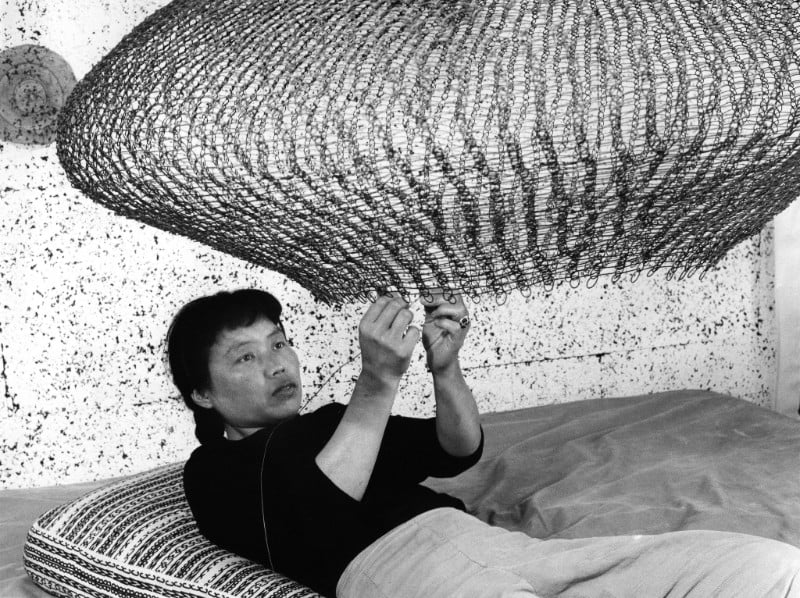Art World
David Zwirner Now Represents Estate of Ruth Asawa
The gallery has also appointed Christie's Jonathan Laib as director.

The gallery has also appointed Christie's Jonathan Laib as director.

Amah-Rose Abrams

David Zwirner has announced that it is now exclusively representing the estate of Ruth Asawa, thanks to the appointment of new director Jonathan Laib, known as the Asawa authority, who is moving to the gallery after 17 years at Christie’s.
As Laib explained to Artnews, he was the sole representative of Asawa’s estate at the auction house, where he was formerly senior vice president and senior specialist in Postwar and Contemporary Art. When it recently became apparent that the estate and Laib’s clients would better benefit from operating in a gallery, he found a perfect fit with Zwirner.
Asawa, a sculptor and activist, is best known for her delicate and intricate hanging wire sculptures. She attended Black Mountain College in the mid-to-late 1940s, where she was taught by Josef Albers, Buckminster Fuller, and Merce Cunningham. It was also during this time that she began to work with wire.
She once said of the material, “I was interested in it because of the economy of a line, making something in space, enclosing it without blocking it out. It’s still transparent. I realized that if I was going to make these forms, which interlock and interweave, it can only be done with a line because a line can go anywhere.”
A statement from Zwirner reads, “The gallery is proud to be entrusted with the extraordinary legacy of Ruth Asawa, who started her career at Black Mountain College under Josef Albers’s tutelage. The intense focus of her work and the modesty of the materials align her closely with Yayoi Kusama, both of whom in the 1950s foreshadowed the reductivist and minimalist tendencies of the 1960s. I am pleased that Asawa’s work is gaining the recognition it deserves.”
Asawa’s first exhibition at the gallery is slated to take place in fall 2017, with the gallery seeking to raise the profile of her work in an art historical context.
Zwirner added in his statement, “It is surprising that it has taken this long for her work to be widely understood and appreciated. I think her story, if properly told, should afford her a place among the great artists of the twentieth century.”